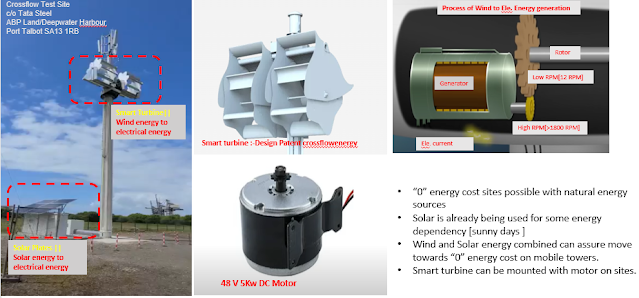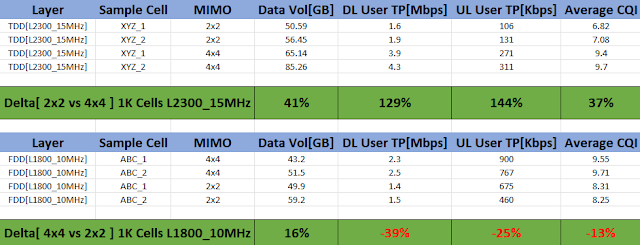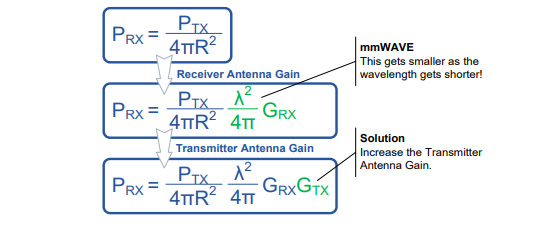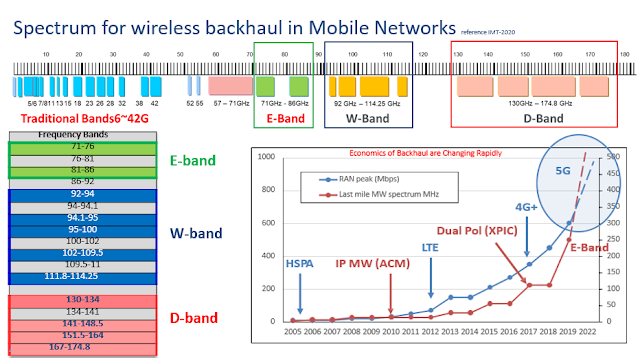TA/TAL Planning Principle The TAC or TAL planning for 5G is similar to 4G. Infact, as the current 5G NR will be using the NSA mode, so initially it should be using the same TAC or TAL as the 4G network. However, the principles for TAC planning are same as given below The paging load should be calculated to ensure that the TAC is not so big that the paging overhead gets too high. This issue is usually mitigated with the intelligent/dynamic/precise paging features If the TAC is too small, this will result in a lot of TAUs that can generate signaling overheads. This can be handled by intelligent TAL planning or even user specific dynamic TAL assignments Some of thumb ruple w.r.t absolute counts 1. When do TA/TAL planning, need guarantee the TAs do not overlap in different TAL. 2. Suggested TA size do not keep too big, so when do TAL optimization , configuration adjusting is flexible ; 3. Suggested a TA including 30~70 eNBs, and TAL including 3~10 TAL; 4. If operator have 2G/3G network,













